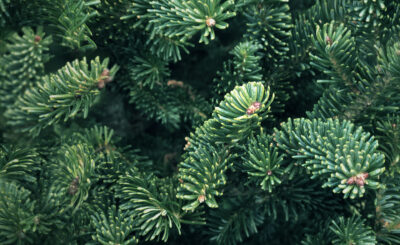
The enchanting sight of deer grazing in your backyard can quickly turn into a gardener’s nightmare when those graceful creatures decide to make a meal of your carefully cultivated trees. In this blog, we’ll explore the world of deer-resistant trees—green guardians that can withstand the persistent nibbling of these gentle yet voracious visitors. Discover not only which trees are less appealing to deer but also effective strategies for safeguarding your arboreal investments.
Identifying Tree Species That Resist Browsing:
While no tree is entirely deer-proof, certain species possess characteristics that make them less tempting to these foraging creatures. Consider incorporating these deer-resistant trees into your landscape:
1. White Pine (Pinus strobus):
- The aromatic oils in white pine needles can deter deer.
- Its tall, straight trunk and soft needles make it a graceful addition to any landscape.
2. Japanese Maple (Acer palmatum):
- The complex texture and bitter taste of Japanese maple leaves are less appealing to deer.
- Choose from various cultivars, each offering unique leaf shapes and colors.
3. Boxwood (Buxus spp.):
- Known for their dense foliage, boxwoods are generally less attractive to deer.
- Prized for their versatility, boxwoods can be shaped into hedges or ornamental accents.
4. Spruce (Picea spp.):
- The prickly needles of spruce trees can deter deer from browsing.
- Spruces come in various sizes, adding both beauty and protection to your landscape.
Strategies for Protecting Trees from Deer Damage:
While selecting deer-resistant trees is a crucial first step, implementing protective strategies further ensures the well-being of your arboreal companions:
1. Use Deer-Repellent Sprays:
- Apply deer-repellent sprays to your trees, especially during vulnerable growth stages.
- These sprays often contain substances with scents and tastes that deer find unappealing.
2. Install Physical Barriers:
- Encircle young or vulnerable trees with physical barriers, such as wire fencing or tree wraps.
- Ensure the barriers are tall enough to deter deer from reaching over the top.
3. Employ Companion Planting:
- Surround deer-prone trees with companion plants that deer find less palatable.
- Consider planting lavender, sage, or other aromatic herbs as deterrents.
4. Create Noise or Motion:
- Use motion-activated devices or wind chimes to create noise and motion.
- Deer may be deterred by the unpredictability associated with these stimuli.
5. Strategic Plant Placement:
- Plant more deer-resistant trees closer to your home or high-traffic areas.
- Reserve more deer-prone species for areas less frequented by these animals.
Dealing with deer doesn’t have to mean sacrificing your beloved trees. By carefully selecting deer-resistant species and implementing protective strategies, you can coexist harmoniously with these majestic creatures while maintaining the integrity of your landscape. Explore the range of deer-resistant trees at Cold Stream Farm and take proactive steps to safeguard your arboreal investments. Let your garden thrive, and may your trees stand tall as living testaments to the beauty of a well-protected landscape.
Contact Cold Stream Farm at (231) 464-5809 today or visit us online for more information about what types of trees we offer that don’t attract deer to your property!
